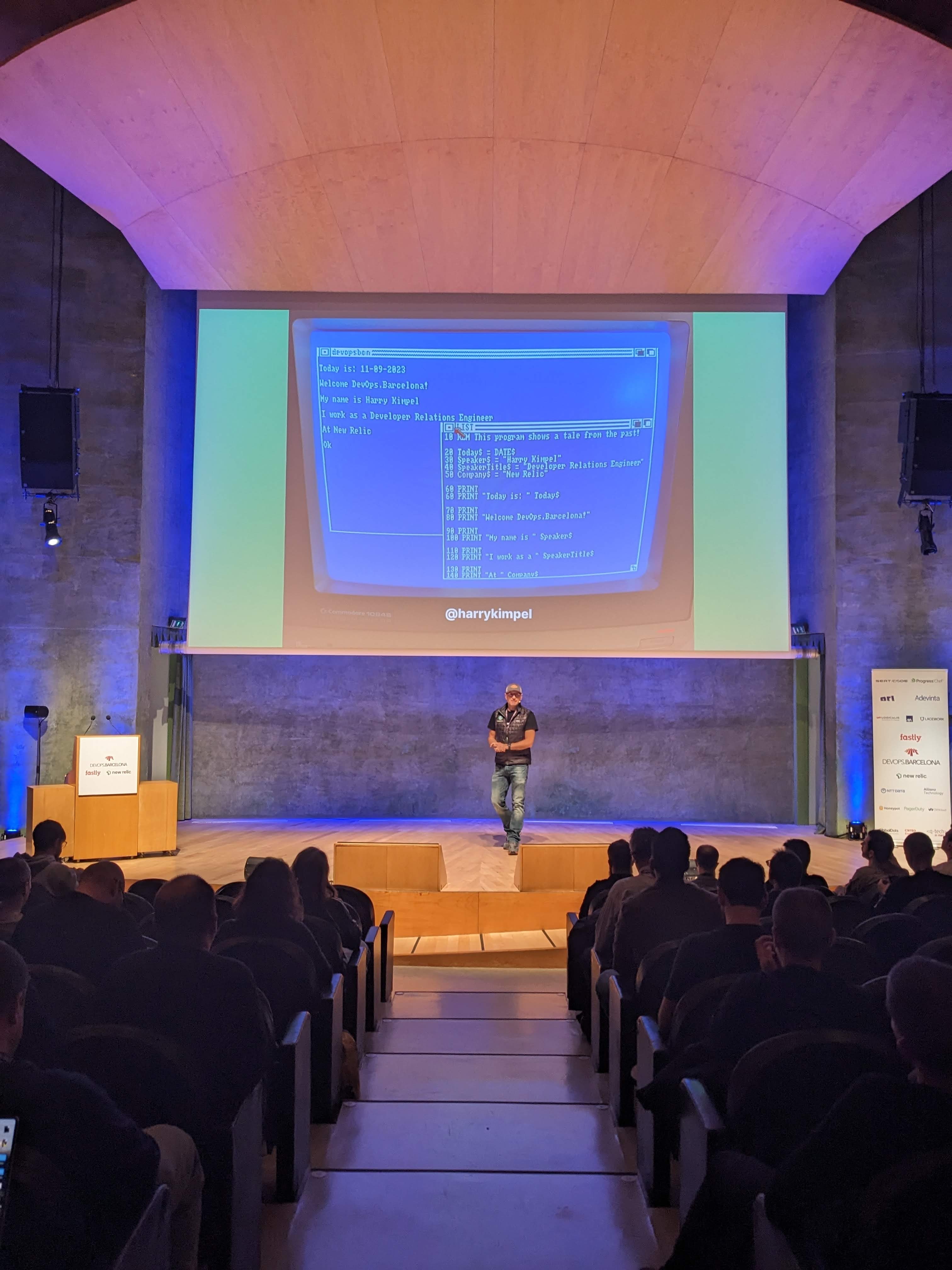
Event Cancelled
See you next year!
DevOps Barcelona 2025
Barcelona, Spain
We feel passionated and inspired by everyone in the DevOps community. From the small Open Source Projects to the Big Cloud Players. This Conference is for every SysAdmin, Ops, DevOps, Developer, Manager or Techie who wants to level up. For those teams that want to leave a dent both in their companies and in the community.
We've crafted the best possible DEVOPS conference just for you so you can see the future and get ready before anybody else. We'll gather top-notch speakers and an awesome community eager to share a lot of knowledge. All of this will take place in the very center of the gorgeous city of Barcelona in an excellent venue. What are you waiting for? Go get your tickets!


1. CONTENT IS THE KING
We want you to learn as much as possible, so we'll bring you the best speakers and the best content.
We don't select mainstream and/or introductory content, we cherrypick the most advanced and interesting topics that we believe that are trending and useful for the current community.
2. ONE SINGLE TRACK
We want you to enjoy the conference without worrying, so there is no need to choose between talks, you can attend to all of them!
3. COMFORTABLE
The Auditori L'illa is a modern and comfortable venue located in the very center of Barcelona. Easy to arrive and well-located to explore the city center when the conference is over.
It has comfortable seats, and amazing audio quality, and huge high quality projector for spending a whole day listening to the best speakers in the world
4. NETWORKING AND FUN
We want you to have fun and meet new people, so we'll provide you with a lot of opportunities to do so. Sponsors, speakers, and attendees will be able to meet and talk during the breaks.
If you are lucky, you may even win a game console!